Description
Noted for its integration of real-world data and case studies, this text offers sound coverage of the theoretical aspects of mathematical statistics. The authors demonstrate how and when to use statistical methods, while reinforcing the calculus that students have mastered in previous courses. Throughout the Fifth Edition, the authors have added and updated examples and case studies, while also refining existing features that show a clear path from theory to practice.
Features:
- Standard statistical techniques are presented in a mathematical context, enabling students to see the underlying hypotheses for the applications.
- Superior treatment of real-world data uses case studies and practical, worked-out examples to motivate statistical reasoning and demonstrate the application of statistical methods to a wide variety of real-world situations.
- Numerous and interesting homework exercises engage the student and illuminate the main points of the text.
- The authors writing style presents concepts and applications in an engaging narrative.
- Sound coverage of the theoretical aspects of mathematical statistics carefully explains the mathematics and development of the statistical theory.
- Accessible mathematical prerequisites mediate between a techniques book and a graduate-level first course in mathematical statistics.
- Integrated review of calculus reinforces students prior knowledge by reviewing calculus as necessary throughout the presentation.
View more
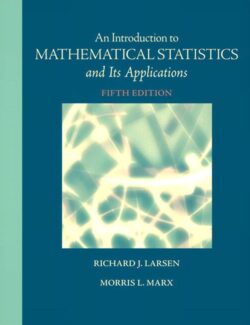
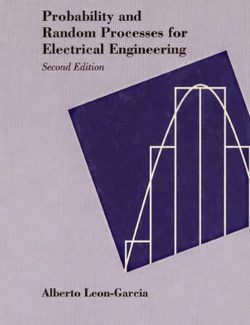
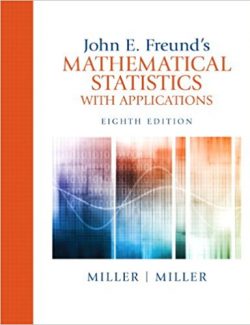
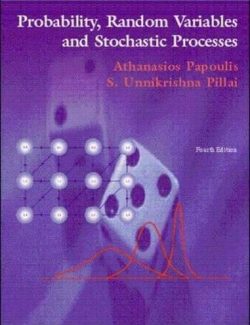
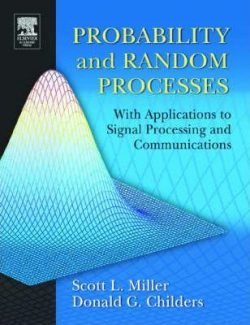

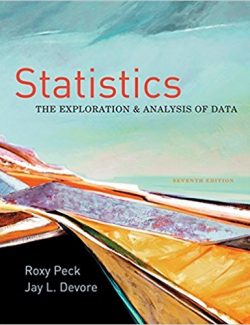
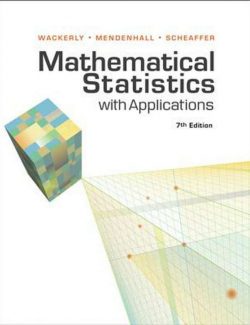
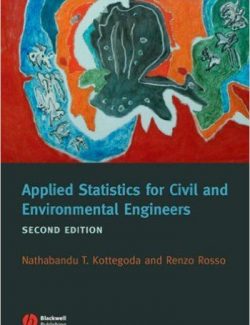
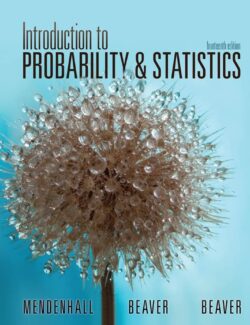
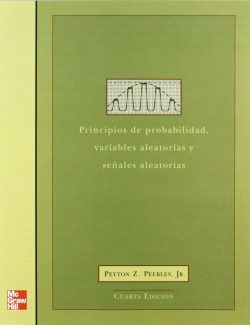
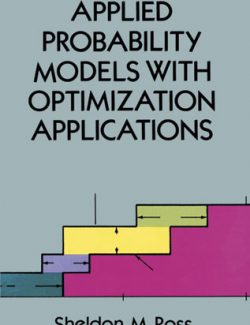
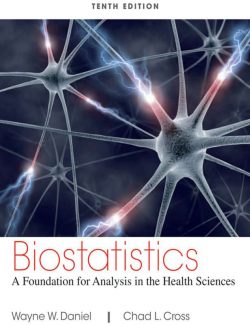
Leave us a comment
No Comments